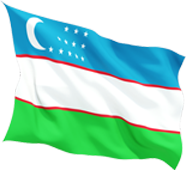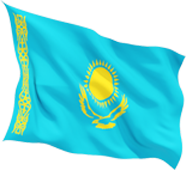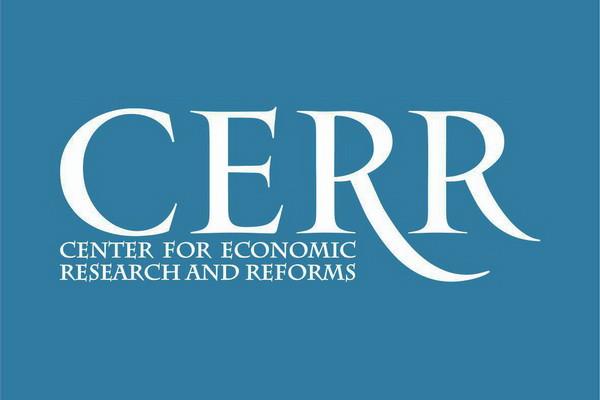The Center for Economic Research and Reforms (CERR) analyzed the annual Gallup World Poll, which is being prepared based on the study of public opinion.
Since 2005, Gallup has been conducting an annual World Poll among 160 countries (1 thousand people per country), which accounts for 98% of the world’s adult population. The Gallup World Poll consists of 100 questions and includes Indexes:
- Law and order;
- Food and accommodation;
- Institutes and infrastructure;
- Good jobs;
- Well-being.
Gallup’s study compares Uzbekistan with the countries of the post-Soviet Eurasian region.
Indicators of Well-being
In 2022, the Well-being Index (from 0 to 10 points) was 6.0 points, while the region’s average is estimated at 5.7 points. Consequently, Uzbekistan has shown one of the best results among the countries of the post-Soviet Eurasian region.
The region of post-Soviet Eurasia includes such countries as Uzbekistan, Kazakhstan, Kyrgyzstan, Tajikistan, Turkmenistan, Armenia, Azerbaijan, Georgia, Russia, Belarus, Moldova, Ukraine.
According to the results of the survey in 2022, 39% of Uzbek people indicated that their well-being is currently increasing, which is significantly higher than the region’s average of 30%.
To evaluate life satisfaction, the results of a survey called the Cantril-ladder scale are used. Respondents are asked to imagine a ladder from 0 to 10, where step 0 means the worst possible life, and step 10 means the best possible life.
Only 2% of Uzbek people reported experiencing difficulties in their lives, which is 6% lower than the region’s average result.
Uzbekistan showed the best result among the countries of the region in the Well-being Index.
At the same time, Gallup estimated that Uzbekistan has become the fastest recovering country after the pandemic.
Uzbek people rated their well-being in the next 5 years at 8.7 points. In particular, regarding expectations of future well-being, Uzbekistan showed the highest result in the region, while the region’s average score was 7.4.
86% of respondents stated that standard of living is currently improving, and the average for this indicator in the region was 40%.
80% of the surveyed residents of Uzbekistan expressed their satisfaction with their current financial situation, which is also a high indicator for the region, where the average score was 60%.
44% of Uzbek people believed that they live well with current incomes, whereas the average for the region was 33%.

Indicators of good jobs
34% of workers in Uzbekistan stated they were satisfied with their jobs. This, in turn, is the highest rate in the region, where the average score was 27%.
According to Gallup estimates, workers who are dissatisfied with their jobs cost the global economy $8.8 trillion, or 9% of global GDP.
15% of workers in Uzbekistan reported that they may experience stress at work, 24% in the region.
Since 2020, the share of those who believe that now is the best time to find a job has increased by 17% and amounted to 63% which is one of the highest rates in the region, where the average score was 38%.
In two years, the confidence of Uzbek people in the improvement of the country’s economy has increased by 7%, reaching 82%. This indicator averaged 51% in the region.

Institutions and infrastructure
The confidence of Uzbek people in their government has improved and amounted to 92% in 2022, which is one of the best results among the countries of the region, where the average score was 68%.
At the same time, the share of those who have confidence in judicial systems in Uzbekistan has increased by 10% in two years and amounted to 74% in 2022. This indicator is noticeably lower in the region, about 45%.
On average, 55% of the region’s residents have confidence in the financial sector. 82% of Uzbek people expressed “quite high” confidence in the banking and financial system.
94% of Uzbek people note “great” attention to children and youth, which is also a high indicator relative to the region’s average of 76%.
93% of Uzbek respondents reported having all the opportunities for education and growth in the country, compared to 68% in the region.













